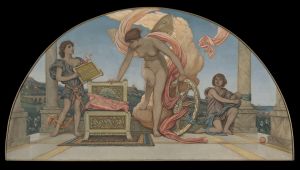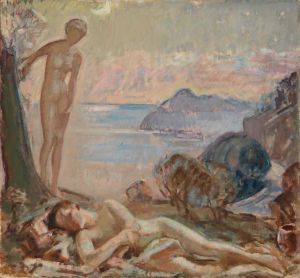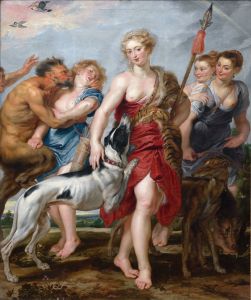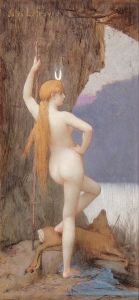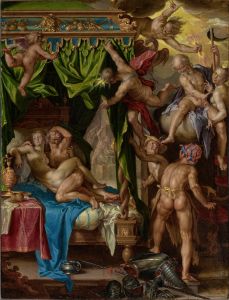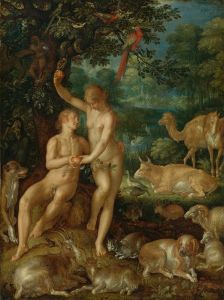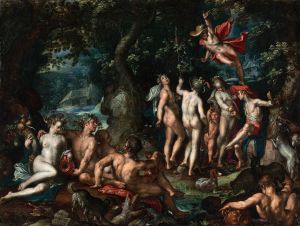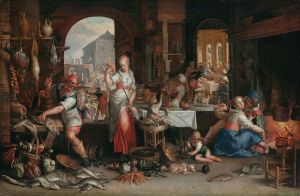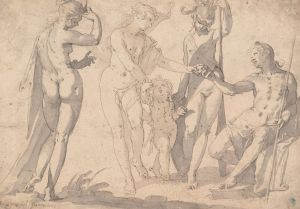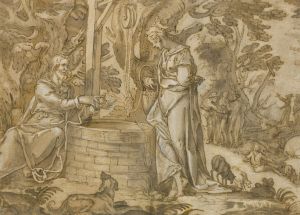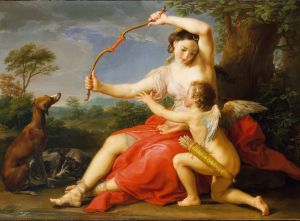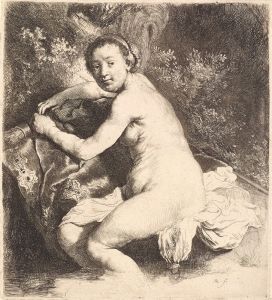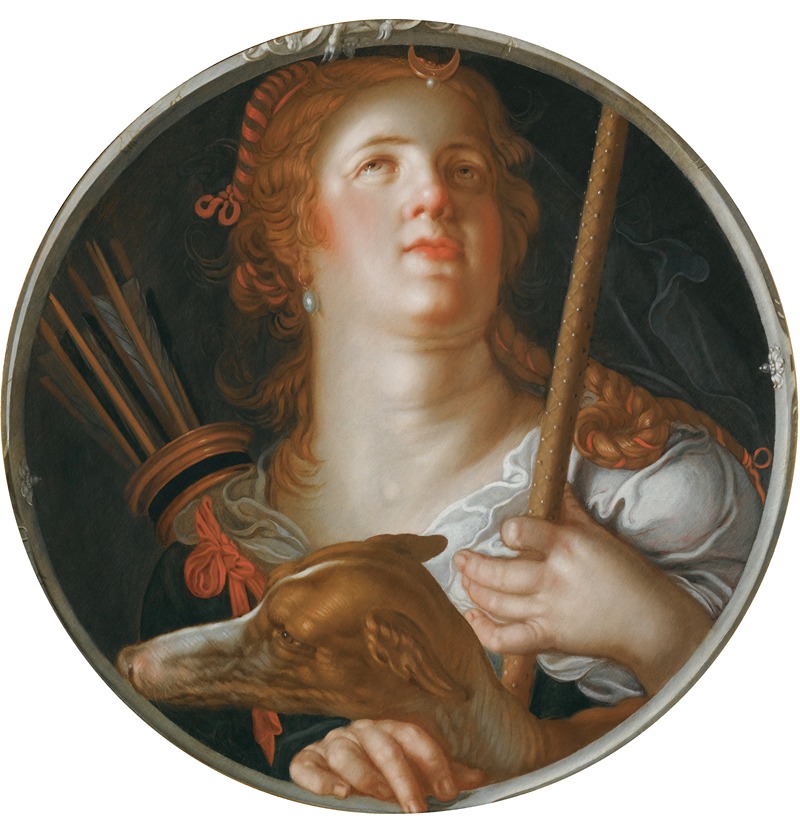
Diana
A hand-painted replica of Joachim Wtewael’s masterpiece Diana, meticulously crafted by professional artists to capture the true essence of the original. Each piece is created with museum-quality canvas and rare mineral pigments, carefully painted by experienced artists with delicate brushstrokes and rich, layered colors to perfectly recreate the texture of the original artwork. Unlike machine-printed reproductions, this hand-painted version brings the painting to life, infused with the artist’s emotions and skill in every stroke. Whether for personal collection or home decoration, it instantly elevates the artistic atmosphere of any space.
"Diana" is a painting by the Dutch Mannerist artist Joachim Wtewael, created in the early 17th century. Joachim Wtewael (1566-1638) was known for his intricate and highly detailed works, often featuring mythological and biblical themes. He was a prominent figure in the Utrecht school of painting and is celebrated for his use of vibrant colors and complex compositions.
The painting "Diana" depicts the Roman goddess of the hunt, the moon, and nature, who is equivalent to the Greek goddess Artemis. In classical mythology, Diana is often portrayed as a virginal huntress, accompanied by her nymphs and various woodland creatures. Wtewael's representation of Diana adheres to these traditional iconographic elements, showcasing his skill in rendering the human form and his attention to detail.
In this work, Diana is typically shown in a dynamic pose, emphasizing her role as a huntress. She is often depicted with a bow and arrow, symbols of her hunting prowess, and sometimes accompanied by a deer or other animals. The background of the painting usually features a lush, natural landscape, reflecting her association with the wilderness and the natural world.
Wtewael's "Diana" is notable for its meticulous execution and the artist's characteristic use of bright, almost jewel-like colors. The painting exemplifies the Mannerist style, with its elongated figures, complex compositions, and dramatic use of light and shadow. Wtewael's attention to detail is evident in the intricate rendering of textures, such as the fabric of Diana's clothing and the foliage in the background.
The painting is also significant for its exploration of themes related to chastity and purity, which were central to the character of Diana in mythology. Wtewael's depiction of the goddess reflects the cultural and artistic values of his time, particularly the fascination with classical antiquity and the human form.
"Diana" by Joachim Wtewael is housed in various collections, with some versions or related works found in major museums. The painting is an excellent example of Wtewael's mastery of the Mannerist style and his ability to bring mythological subjects to life with vivid detail and emotional intensity.
Overall, "Diana" is a testament to Joachim Wtewael's skill as a painter and his contribution to the art of the Dutch Golden Age. His work continues to be studied and admired for its technical brilliance and its rich, imaginative portrayal of classical themes.





